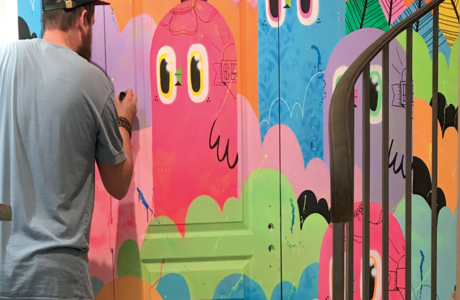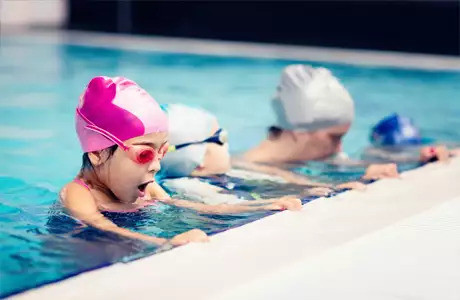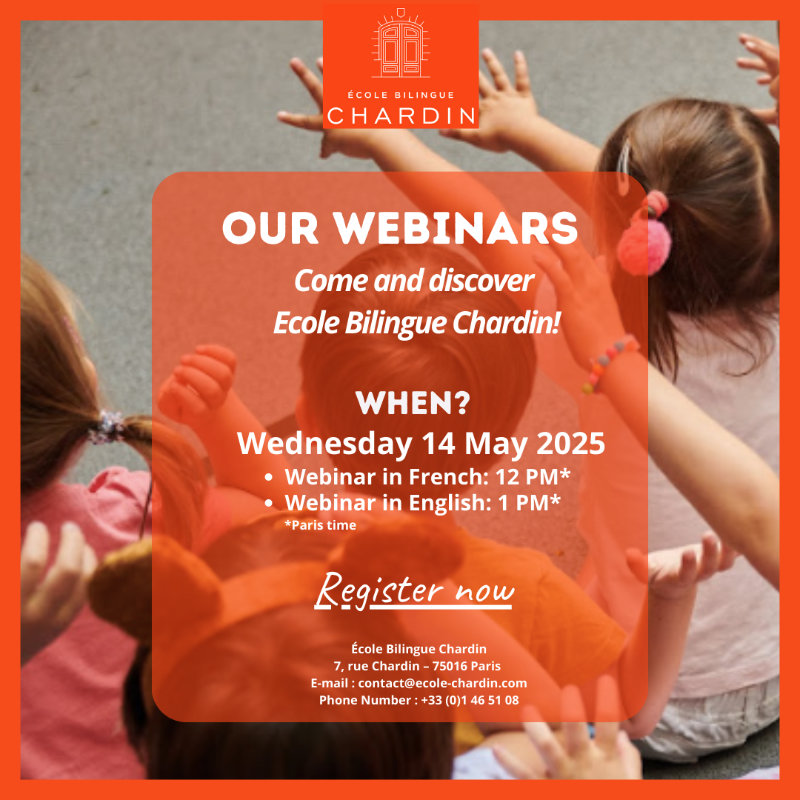What is the curriculum in bilingual nursery schools?
Bilingual nursery schools offer different curricula depending on the school.
Bilingual nursery schools offer different curricula depending on the school. However, there are similarities in the objectives and areas of learning offered. Here's an overview of the areas generally covered in a bilingual nursery school curriculum:
- Language and communication: In a bilingual nursery school, the development of children's language skills is central. Particular attention is paid to vocabulary acquisition, pronunciation, listening comprehension and oral expression.
- Mathematics: Just as important as words, numbers make their appearance in the very early years of kindergarten. Children will gradually learn to understand and use them, through playful activities and concrete manipulations.
- Science and discovery of the world: During kindergarten, children are also introduced to basic scientific concepts such as space, time, nature, animals, plants and the seasons, to help them understand the world we live in.
- Physical and motor development: The Early Years program focuses on children's physical and motor development, including activities that promote coordination, balance, fine motor skills and an understanding of basic health and safety rules.
- Social and emotional development: Children in a bilingual nursery school class also develop their social skills, learning to interact with their peers, manage their emotions and resolve conflicts appropriately. Preschool helps children learn to live together.
- Arts and creativity: To develop children's creativity, nursery schools offer artistic activities such as drawing, painting, music and theater.
Bilingual nursery schools can offer a different pedagogical approach adapted to their bilingualism program (Montessori, Reggio Emilia...). For example, our nursery offers a Montessori pedagogy for its Toddler's Section. The aim is to meet the child's needs for order, movement, language development, motor skills and social skills.






